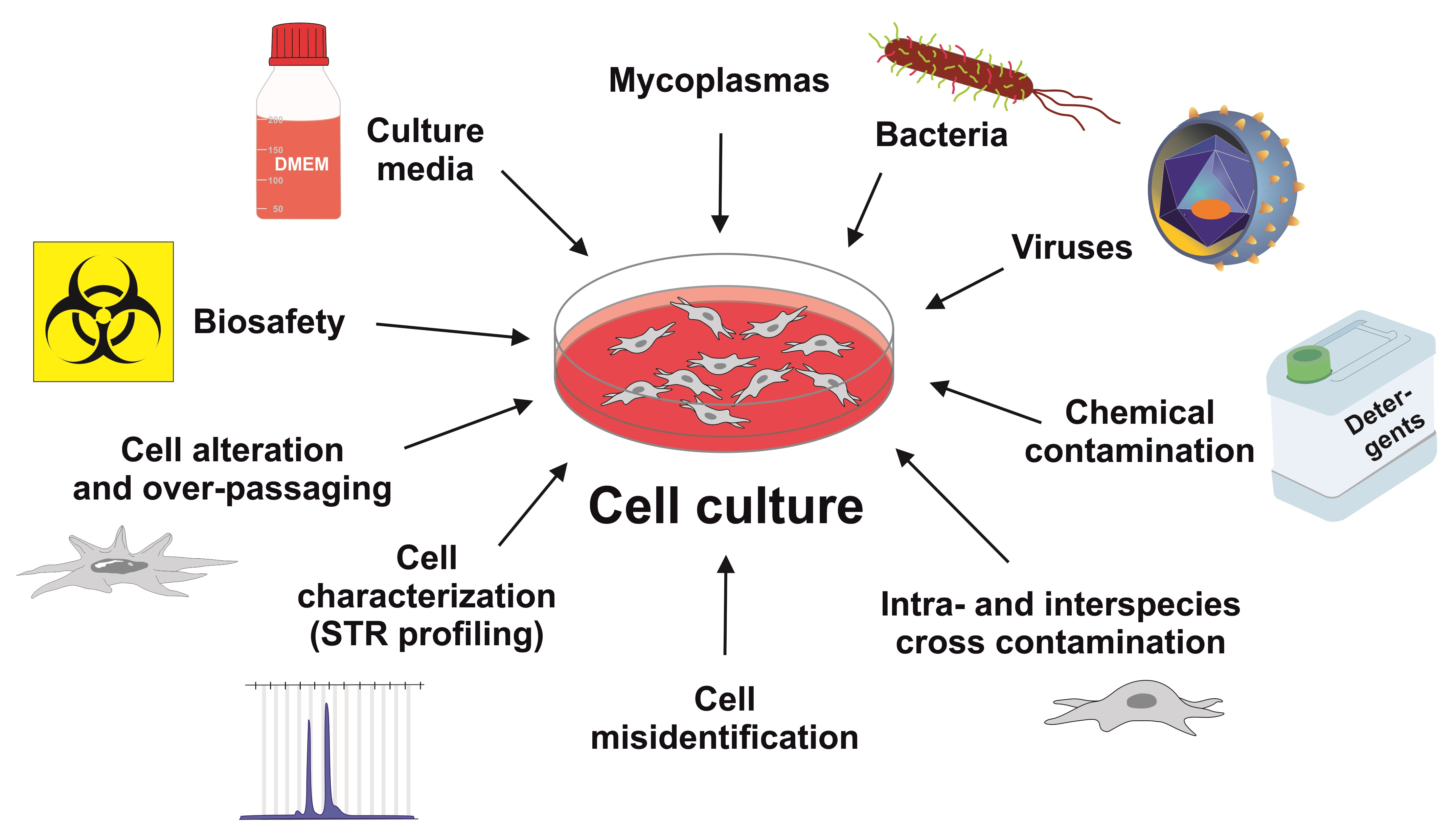Cell Culture in Biotechnology: Techniques, Types, and Applications
What is Cell Culture?
Cell culture is a fundamental technique in biotechnology and life sciences that involves growing and maintaining living cells outside their natural environment, typically in a controlled laboratory setting. By cultivating cells in artificial media, researchers can study cell behavior, test new drugs, and produce biological materials, such as vaccines and therapeutic proteins.

Types of Cell Cultures
Cell cultures can be classified into several types based on their origin, lifespan, and growth characteristics:
Primary Cell Cultures
Primary cell cultures are derived directly from living tissues and have a limited lifespan. These cells closely resemble their in vivo counterparts and are used for studying tissue-specific functions and responses. However, primary cells are often difficult to maintain and can undergo changes in their properties over time.
Immortalized Cell Lines
Immortalized cell lines are derived from cancer cells or genetically modified to overcome senescence, allowing them to proliferate indefinitely. These cell lines are more stable and easier to maintain compared to primary cells. Examples include HeLa cells (derived from cervical cancer) and HEK293 cells (derived from human embryonic kidney cells).
Stem Cell Cultures
Stem cell cultures are derived from embryonic or adult stem cells, which have the ability to self-renew and differentiate into various cell types. Stem cell cultures are valuable tools for studying developmental biology, regenerative medicine, and disease modeling.
3D Cell Cultures
3D cell cultures involve growing cells in a three-dimensional matrix or scaffold, allowing them to form more complex and physiologically relevant structures. These cultures better mimic the in vivo microenvironment and are used for studying tissue morphogenesis, drug screening, and tissue engineering applications.
Cell Culture Techniques
Several techniques are employed in cell culture to maintain and manipulate cells:
Aseptic Technique
Aseptic technique is a set of procedures used to prevent contamination of cell cultures by microorganisms. This involves sterilizing equipment, using laminar flow hoods, and following strict hygiene protocols.
Media Preparation
Cell culture media are formulated to provide the necessary nutrients, growth factors, and pH for cell growth. Media can be supplemented with serum, antibiotics, and other additives depending on the specific cell type and application.
Subculturing
Subculturing, also known as passaging, involves transferring a portion of the cell population to a new culture vessel with fresh media. This process allows cells to continue growing and prevents overcrowding and nutrient depletion.
Cryopreservation
Cryopreservation is the process of freezing cells at ultra-low temperatures (typically -196 °C in liquid nitrogen) to maintain their viability for long-term storage. This technique allows for the creation of cell banks and ensures the availability of specific cell lines for future use.
Applications of Cell Culture
Cell culture has a wide range of applications in biotechnology and life sciences:
Basic Research
Cell culture is a fundamental tool for studying cell biology, genetics, and biochemistry. Researchers use cell cultures to investigate cellular processes, signaling pathways, and gene expression, contributing to our understanding of basic biological mechanisms.
Drug Discovery and Toxicity Testing
Cell cultures are extensively used in the pharmaceutical industry for drug screening and toxicity testing. By exposing cultured cells to potential drug candidates, researchers can assess their efficacy, safety, and mechanisms of action before proceeding to animal studies and clinical trials.
Vaccine Production
Cell culture is a crucial technology for the production of vaccines. Many viral vaccines, such as those for influenza, measles, and polio, are produced by growing the viruses in cell cultures. This approach allows for the large-scale production of safe and effective vaccines.
Regenerative Medicine
Cell culture techniques are at the forefront of regenerative medicine, which aims to replace or regenerate damaged tissues and organs. By expanding and differentiating stem cells in culture, researchers can generate specific cell types for transplantation and tissue engineering applications.
Challenges and Future Perspectives
Despite the significant advancements in cell culture technology, several challenges remain. One major challenge is the development of more physiologically relevant in vitro models that better recapitulate the complexity of living tissues. This includes the incorporation of multiple cell types, 3D architectures, and dynamic microenvironments.
Future research in cell culture will focus on the integration of advanced technologies, such as microfluidics, bioprinting, and organ-on-a-chip systems, to create more sophisticated and predictive in vitro models. Additionally, the application of gene editing tools, like CRISPR-Cas9, will enable precise genetic manipulation of cultured cells for disease modeling and therapeutic applications.
Further Reading
Frontiers in Molecular Biosciences, Is It Time to Start Transitioning From 2D to 3D Cell Culture?
